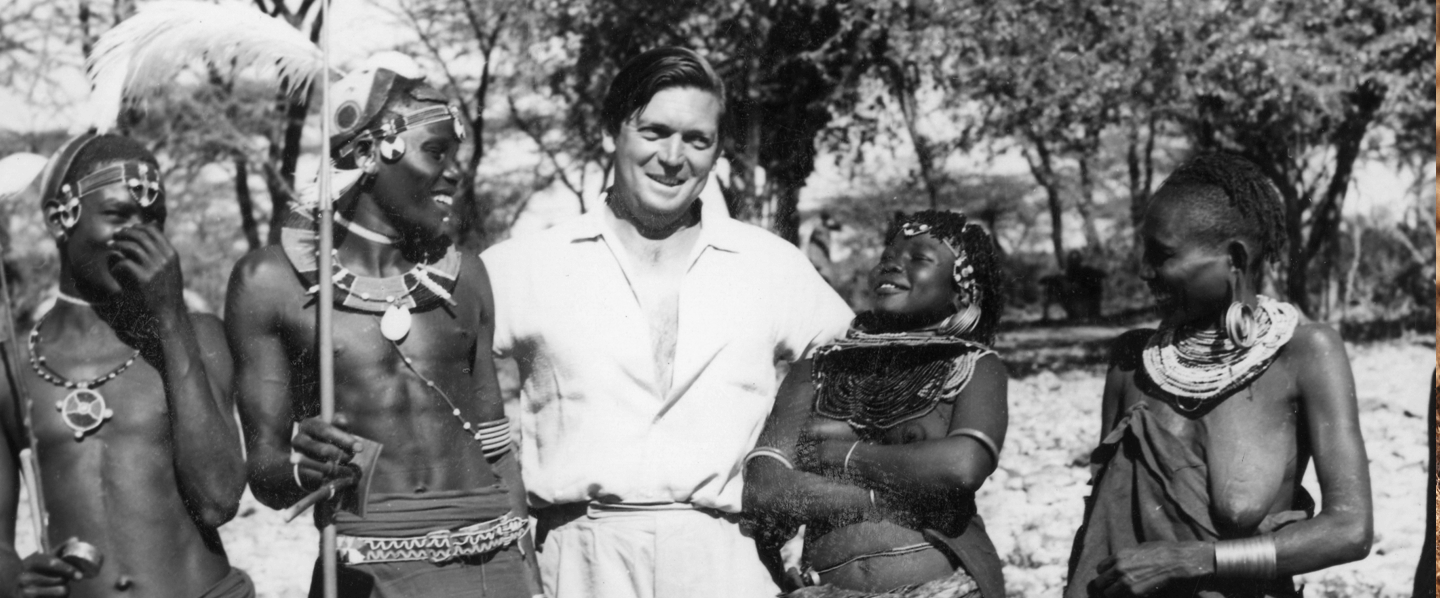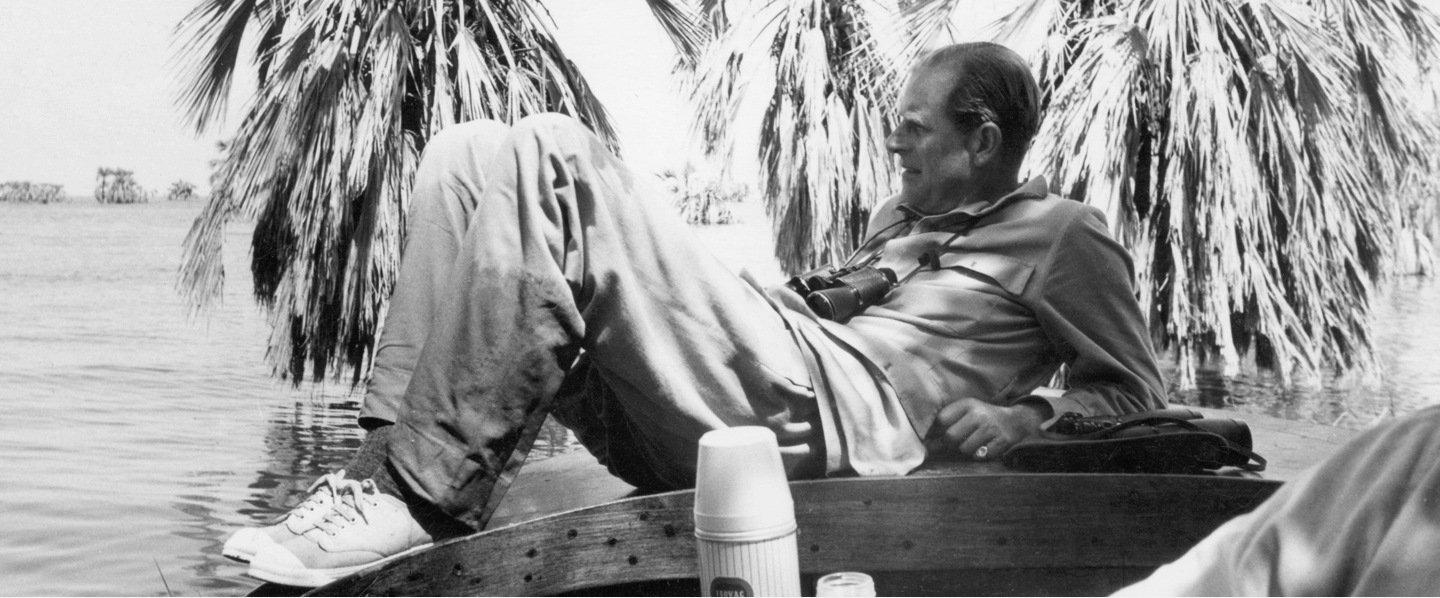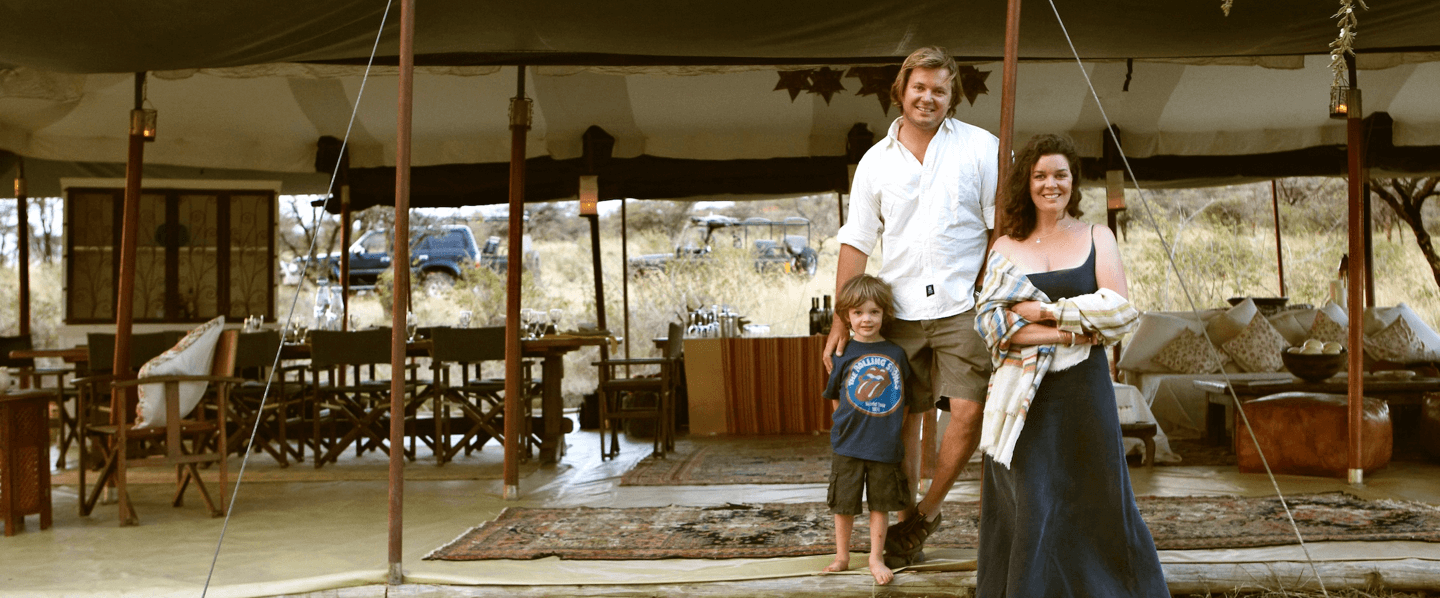Tragically, David died at 42, and Betty was faced with the prospect of leaving Kenya. Willie, aged 13 at the time,
refused to accept this eventuality, signalling his protest by repeatedly running away from boarding school. Eventually
Betty agreed that they would stay, and allowed Willie to help with the family business.
He began guiding and operating mobile safaris, and at 19, he built his first lodge on an island in Lake Baringo.
Sue, hailing from the Kenyan coast, came to work there, and three years later, they were married.
In the 1980's, Willie and Sue set up an arable farm in Northern Maasai Mara, but Willie soon realised it would be
better suited to wildlife. He converted his own 8,000 acres, and set up an association for neighbouring Masai
landowners that enabled them to collect wildlife-based revenue on their land - an initiative that formed what
is now the 17,000-acre Ol Chorro conservancy.
He went on to establish the Mara Conservancy in an area that was a no-go zone due to rampant poaching and hunting.
His efforts met with stellar success, and the conservancy, as well as his community-run anti-poaching patrols,
have become a blueprint for conservation models. Willie and Sue currently reside at Sirikoi, their stunning lodge
in Lewa Conservancy.
Richard was brought up in Ol Chorro and enjoyed a childhood not unlike his father's in many respects. With nature
and conservation deep in his bones, he began working closely with local communities to help them understand the
crucial importance of conserving their wildlife.
In 2000, together with his partner Liz, Richard converted the Ol Chorro family home into an intimate tented camp
now known as Richard's Forest Camp, and began welcoming and guiding guests from around the world.























.jpg)
.jpg)
.jpg)
.jpg)







